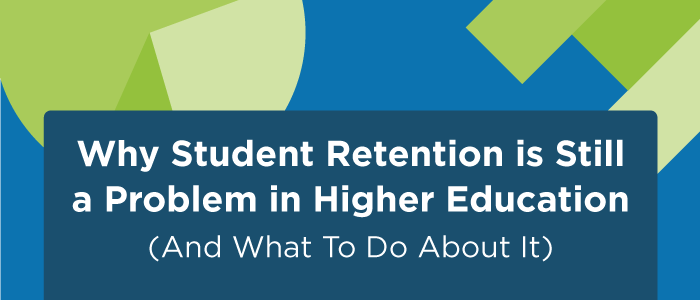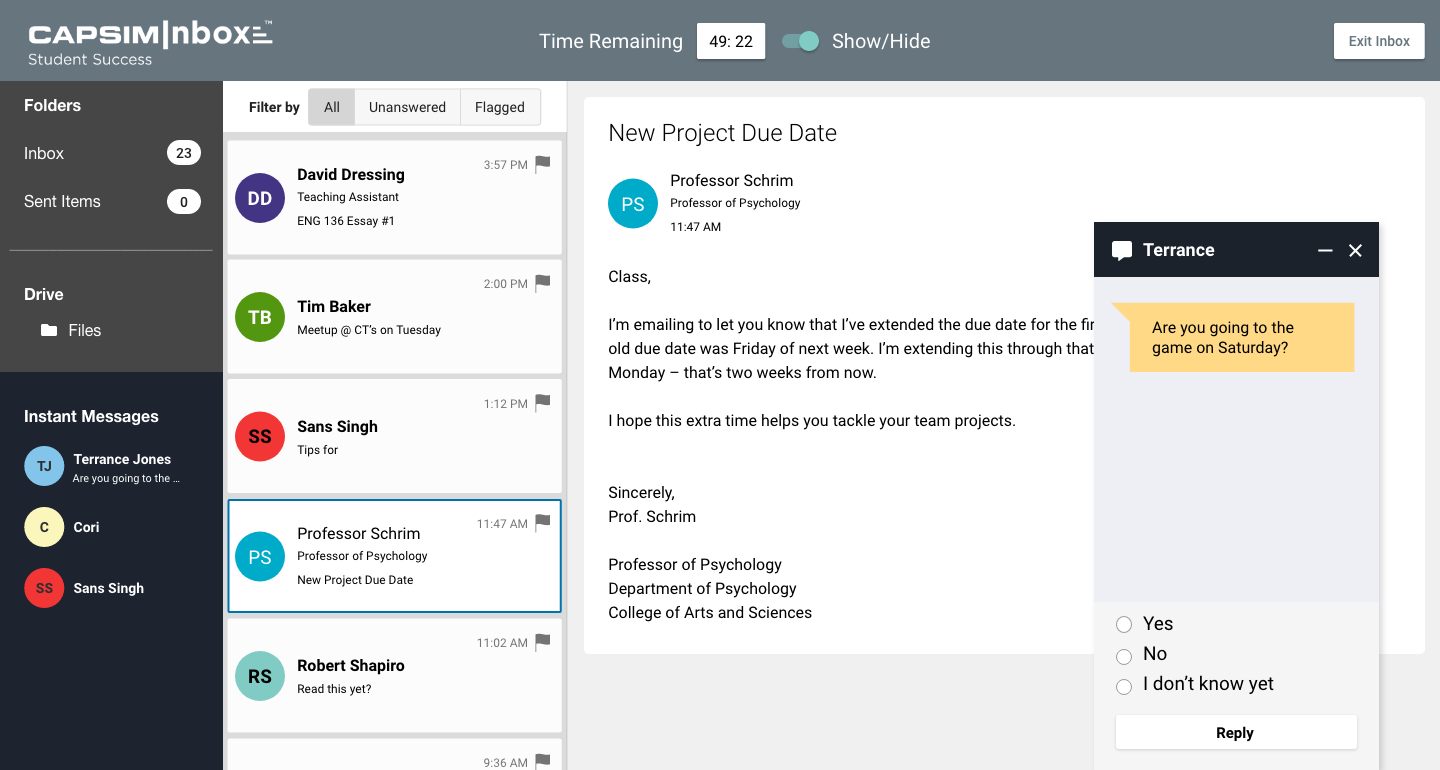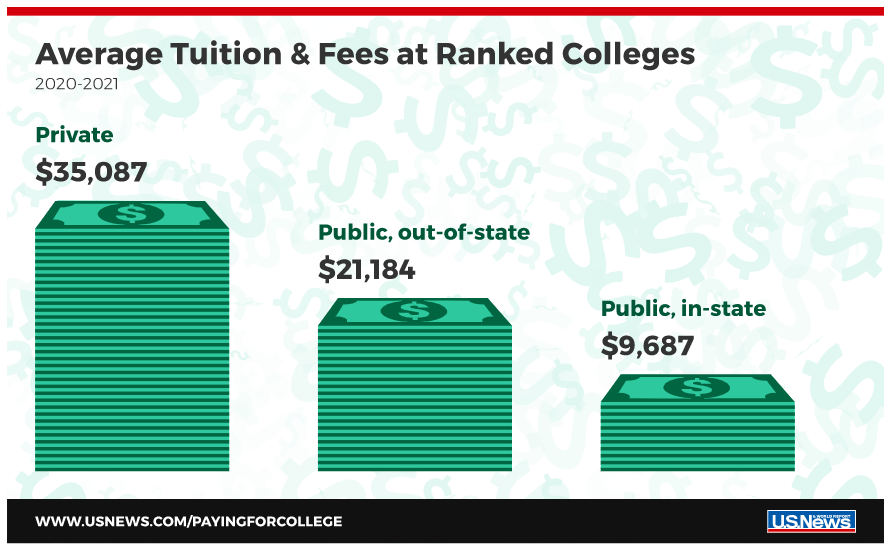Why Student Retention is Still a Problem in Higher Education (And What To Do About It)
September 17, 2020

Student retention is a long-standing problem costing academic institutions serious money. How much?
Because I’m a journalist, I like to investigate. For the sake of simplicity, let’s focus solely on four-year, private nonprofit institutions.
With 35% of these institutions’ revenue being generated from tuition and fees — this is a recipe for disaster.
This is especially concerning when considering the shrinking of student enrollment caused by the pandemic. It’s more critical than ever for college institutions to find a solution to the student retention enigma.
The key to any effective and sustainable solution is understanding the root of the problem. In the case of student retention, many college students are simply unprepared and don’t possess the appropriate skills to succeed in the college experience.
How often do we see students struggle with time management, prioritization, and concrete decision-making skills? As an educator, you cringe at witnessing what your students do to themselves.
The Dreaded Frantic Emails
The night before a major assignment, you receive a frantic email requesting an extension. My computer broke, and I didn’t have it saved anywhere, even though it’s 2020. Or two hours before an exam, a student may have burst into your office, sweat dripping down his face, asking for clarification on a theory. It’s challenging to capture all of behavioral economics in 10 minutes.
There’s not much you can do. Is there?
Many existing solutions provide data collection and visualization to help colleges and universities to make impactful, data-driven decisions.
While these insights help establish a baseline and monitor progress, they fail to address the core problem at hand. A sustainable and practical solution must focus on the student and develop their self-awareness and skills to navigate the college experience more effectively.
What if there was a way to be proactive and put students in a position to succeed?
A Proactive Approach to Cultivate Student Success
CapsimInbox Student Success is an inbox microsimulation that proactively prepares students for college by exposing them to common but crucial first-year experiences while measuring the critical skills linked to academic success.

Students enter into the role of a first-year student at a fictitious university. As they navigate returning to school after a long weekend, they must coordinate projects, assignments, and activities. While students make decisions, CapsimInbox measures their ability to effectively manage their time, study, self-regulate learning, and cope with stressful situations.
After the experience, each student receives immediate and actionable feedback. This includes an overall score, proficiency level in each skill domain, and a skill gap analysis comparing their self-ratings with their actual performance.
Finally, students get developmental tactics that provide proven insights to improve in areas of weakness and are guided through the creation of an Individual Development Plan, including SMART goals and actionable steps for improvement.
The best part? The experience is completely online, self-directed, and only takes as little as 30 minutes to complete.
If you’re ready to take student retention into your own hands, request a demo and see CapsimInbox Student Success in action.



.png?width=80&name=1-questions%20(1).png)